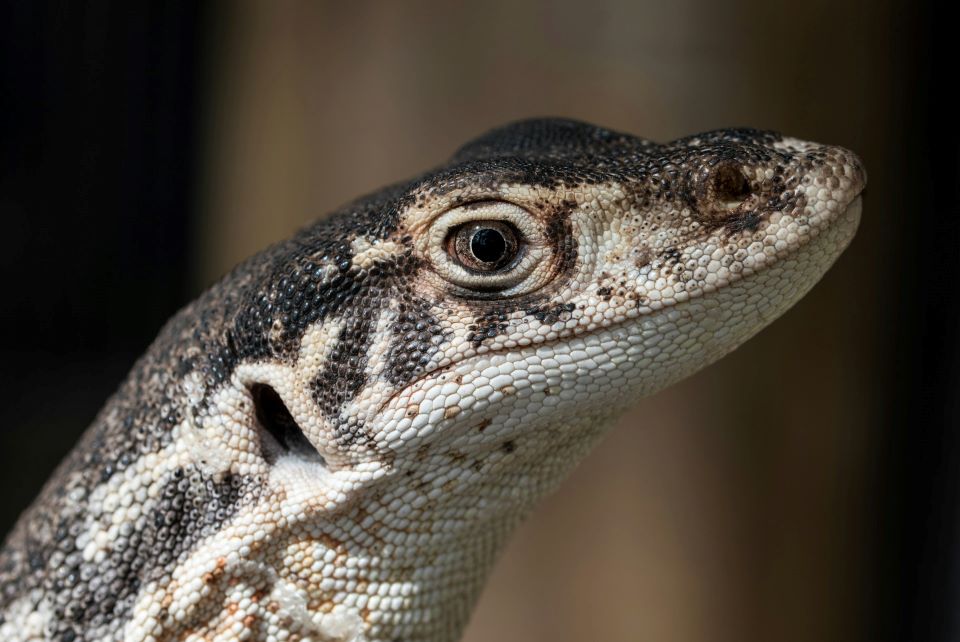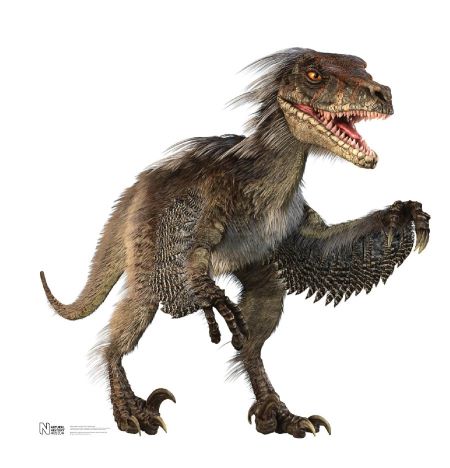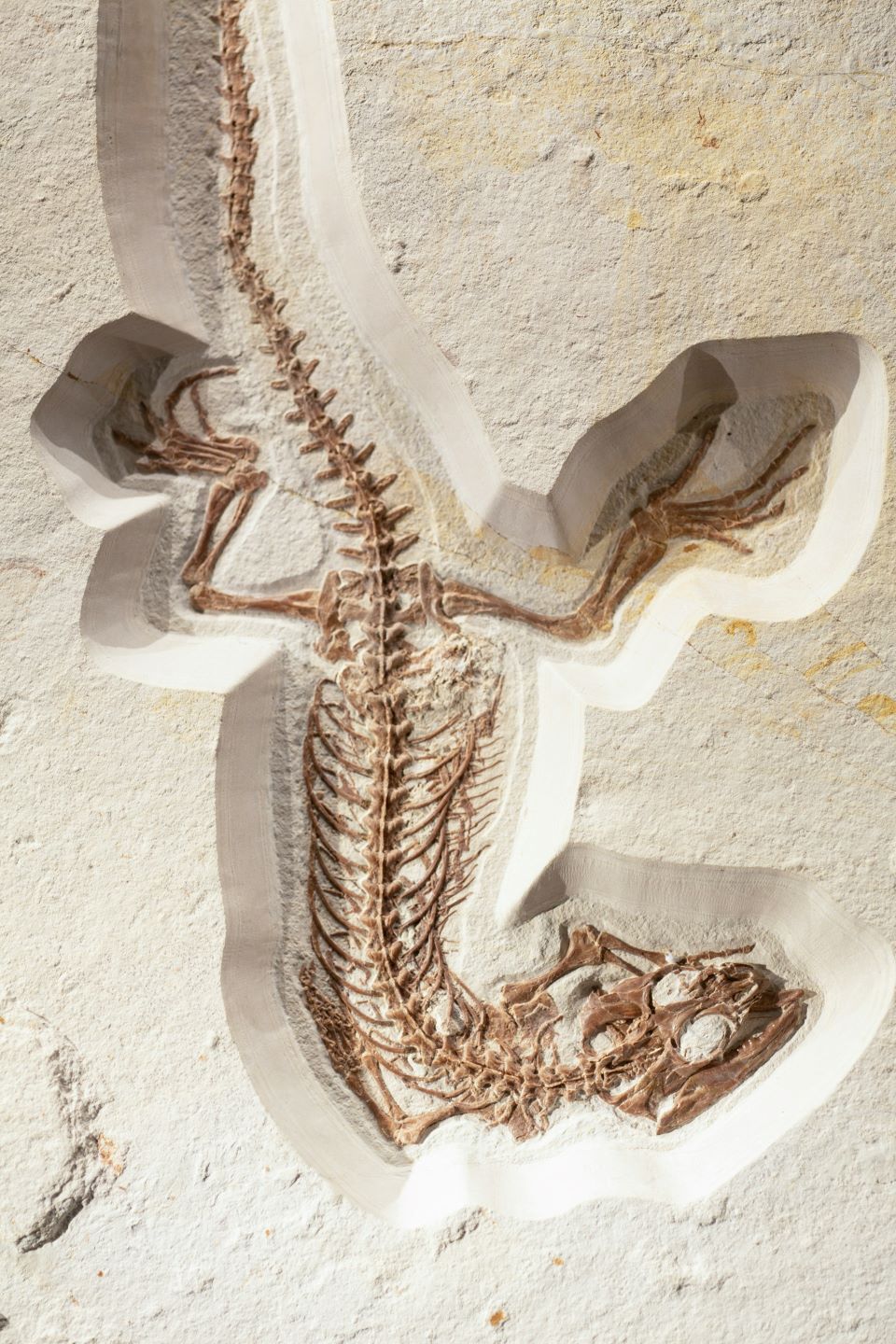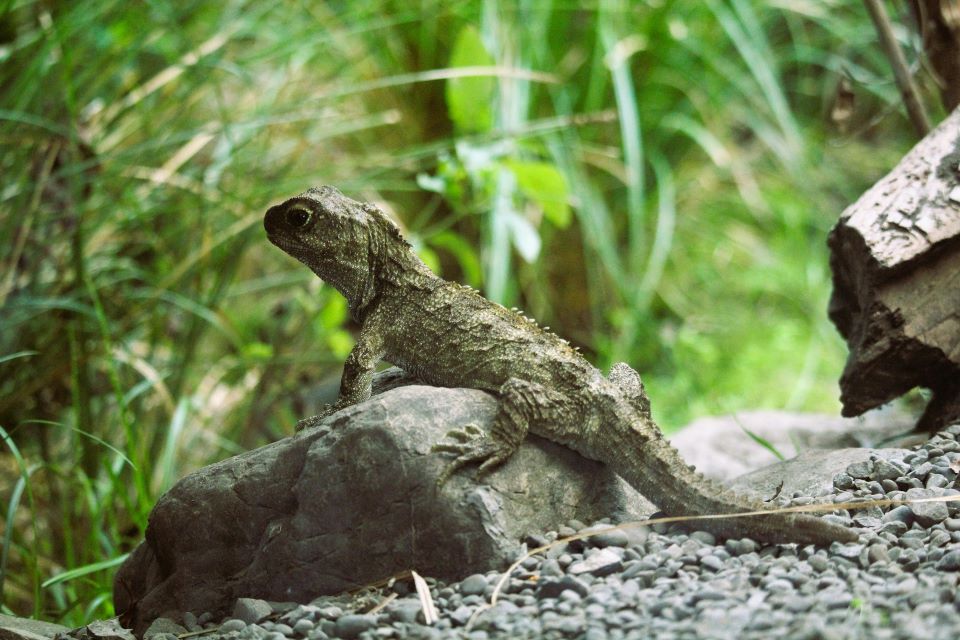Exhibit: Cladistics of Squamates
Introduction to Squamates


Squamates and Archosaurs represent two of the most successful reptilian lineages in Earth’s history, each with an evolutionary legacy spanning hundreds of millions of years. These groups exemplify the adaptability of vertebrates, occupying diverse ecological niches across continents and through geological time.
Analyzing their phylogenetic histories provides critical insights into biodiversity, speciation, and evolutionary adaptation. By examining branching lineages, we can better understand the selective pressures and morphological innovations that have shaped their success.
Understanding Cladistics
Cladistics is the method used to reconstruct evolutionary relationships based on shared, derived characteristics—or synapomorphies. These features distinguish groups from their ancestors and allow for the construction of cladograms, which visually represent evolutionary divergence.
Key concepts include:
- Monophyletic groups: include a common ancestor and all its descendants.
- Derived traits: features that evolve within a lineage and define its members.
- Branching points (nodes): indicate common ancestors and divergence events.
A well-structured cladogram provides a framework for understanding how species relate and how evolutionary processes drive diversification.
Reptilian Evolution
| Pseudosuchia | Crocodylomorpha | ||||
| Archosaurimorpha | |||||
| Avemetatarsalia | |||||
| Dinosauria | |||||
| Aves (modern birds) | |||||
| Sauria (reptiles) | Rhynchocephalia | ||||
| Diapsida | Gekkota | ||||
| Lepidosauria | Scincomorpha | ||||
| Squamata | Iguania | ||||
| Toxicofera | Anguimorpha | ||||
| Serpentes | |||||
| Amphisbaenia | |||||
| Synapsida | |||||
| Mammalia |
Reptilian evolution can be outlined through key taxonomic divisions. The following cladogram provides an overview of major evolutionary splits from early diapsids to the divergence of lepidosaurs and archosaurs.
- Diapsida - The ancestral clade possessing two temporal fenestrae (skull openings), giving rise to most modern reptiles.
-
- Lepidosaurimorpha - Includes lepidosaurs (squamates and tuataras) and their extinct relatives.
-
- Rhynchocephalia - Tuataras, a lineage retaining primitive traits.
- Squamata - Lizards, snakes, and amphisbaenians, characterized by increased skull flexibility and diverse limb adaptations.
- Archosaurimorpha - The lineage leading to crocodilians, pterosaurs, and dinosaurs (including birds).
This structure serves as a reference for understanding how modern reptilian groups originated and how they relate to one another evolutionarily.
The Evolutionary Split

Approximately 250 million years ago, during the early Mesozoic, reptiles underwent a critical divergence. One lineage led to Squamates, which includes lizards, snakes, and amphisbaenians. The other formed Archosaurs, the clade encompassing crocodilians, pterosaurs, non-avian dinosaurs, and modern birds.
This split is well-documented in the fossil record, with some of the earliest squamate fossils appearing in the Triassic. Meanwhile, archosaurs diversified rapidly, with dinosaurs becoming dominant terrestrial vertebrates and birds emerging as their only extant descendants.
The Enigmatic Tuataras

Tuataras are not squamates but rather the last surviving members of Rhynchocephalia, an ancient lineage distinct from lizards and snakes. This group thrived during the Mesozoic but declined, leaving tuataras as the only extant representatives.
Despite superficial similarities to lizards, tuataras exhibit several primitive characteristics, including a rigid skull structure, a third parietal eye, and a notably slow metabolism. Their persistence provides a rare opportunity to study traits that were widespread among early reptiles.
Conclusion and Further Reading
Squamates and archosaurs, though evolutionarily distinct, share a deep phylogenetic history. Cladistic analysis allows us to reconstruct their evolutionary trajectories, shedding light on major adaptations and diversification events.
For further exploration, consider:
- Books: Vertebrate Paleontology by Michael Benton
- Articles: Recent studies in Nature Ecology & Evolution
- Museum Events: Lectures and exhibitions on reptilian evolution
Understanding these evolutionary relationships enhances our grasp of biodiversity and the mechanisms that shape life over geological time.